Quang Nam specialty cassava pho, a dish gradually forgotten at its origin, has been preserved and adapted by a chef in Saigon's Western Quarter.
Pho is abundant in Ho Chi Minh City, from the main streets to the small alleys you can find restaurants serving all kinds of beef pho, even Northern-style chicken pho. However, it is very difficult to find a restaurant serving tapioca pho. For many people, this dish is unfamiliar from the name. The shape of this type of pho is also completely different from the usual pho noodles.
Cassava noodle soup is a traditional dish of the people of Quang Nam. Thuan An village, Dong Phu town, Que Son district, Quang Nam, still maintains the long-standing profession of making cassava noodle soup. However, there are not many households that still maintain the traditional profession.
In the Tay Thao Dien neighborhood, Thu Duc City, there is a rare restaurant serving cassava pho. Mr. Nhu Cuong, head chef and owner of Madame Lam restaurant, shared that currently very few places in Ho Chi Minh City, even in Quang Nam or neighboring provinces, have dishes made from cassava pho. The reason is that the traditional craft of making pho noodles is gradually disappearing.
Chef Cuong decided to add tapioca noodles to his restaurant menu after attending a Quang Nam culinary festival. At that time, there was a booth displaying traditional craft village products such as tapioca flour and Dong Phu tapioca noodles, but "not many people were interested". While he realized that this type of noodle made from tapioca flour has high nutritional value, does not contain gluten like rice flour, and is also eye-catching.
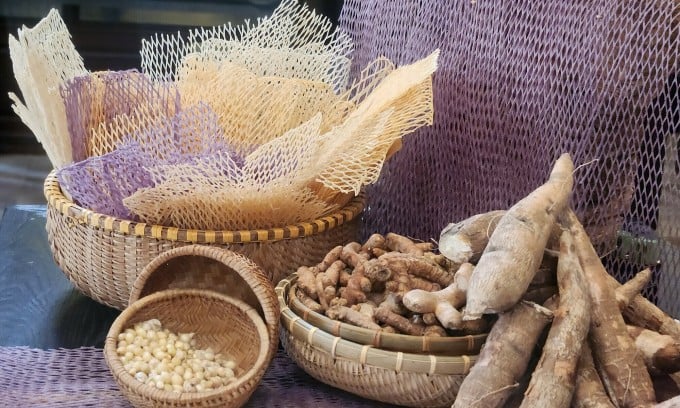
Unprocessed Que Son specialty cassava noodles have a net-like shape.
The belief that "cuisine must be linked to cultural roots" has urged Mr. Cuong to "join hands" with a young couple in Dong Phu who are trying to maintain traditional craft village products "to preserve and develop the cassava pho dish that is gradually disappearing".
Right at the entrance of the restaurant, in the center is a wooden table with a basket of dried cassava pho and cassava roots - as the Southerners call it, as a way to introduce to diners the ingredients that make up the traditional dish of Quang Nam. Many foreign guests, as soon as they enter the restaurant, curiously approach the cassava pho display table and ask questions like "why is pho a square or large rectangular plate with many meshes", "what is cassava root" or "why is cassava pho so colorful".
Traditional tapioca noodles are shaped like a net, pressed into large, thin, square or rectangular sheets like rice paper. Unprocessed noodles are dry and crispy, different from the soft, flat noodles often used for chicken or beef pho. Original tapioca noodles are ivory white. Purple noodles are dyed with butterfly pea flowers and lemon, while dark yellow noodles are the color of carrots.
To have batches of cassava pho of sufficient quality depends a lot on weather factors, must choose sunny days to dry for 3 days and 3 nights. The people who make cassava pho noodles in Dong Phu are mainly elderly people. "Que Son specialty is gradually dying when the local youth leave the craft village, some people would rather become tailors or workers than stay to maintain the hard work of making pho," said Mr. Cuong.
Handmade cassava pho is not available in large quantities, so dishes made from this ingredient are placed on a seasonal menu and are not served regularly. Chef Cuong serves four dishes from Que Son specialties, including two types of pho prepared in the traditional style, a pho salad, and finally a central-style banh xeo made from cassava flour.
The traditional version of Pho Sani has a combination of ingredients similar to Quang noodles. The noodles are boiled until soft, served with shrimp, pork belly, spare ribs, and baby mustard greens. The broth is made from bone broth, poured over the noodles. The broth is yellow due to the use of turmeric starch to create an eye-catching color and a distinctive smell. When eating, add chili sauce for a rich flavor. "The traditional version uses a lot of turmeric, I have reduced it because many foreign diners are not used to eating turmeric," Mr. Cuong shared.
The male chef uses tapioca noodles to make a salad combining banana flowers, carrots, cucumbers, herbs and sautéed shrimp. The flour used to make tapioca noodles was created by Mr. Cuong by mixing it with rice flour, making a banh xeo dish inspired by the banh xeo of the central region. The cake has a crispy golden crust and a rich, fragrant taste. The filling includes jicama, shredded mango, and various herbs. The accompanying vegetables are sandwiched inside the cake instead of being used to roll the cake like the traditional way of eating.
A customer from Hanoi , living in Ho Chi Minh City, said she had never heard of tapioca noodles and did not know that there were restaurants in Ho Chi Minh City serving this dish. After enjoying tapioca noodles for the first time at a restaurant in Thao Dien, she commented that this type of pho was not greasy, the noodles had a firm and chewy texture, and did not have the sweet, starchy taste of regular pho noodles.
"A meal at the restaurant for two people costs about 159,000-179,000 VND, 3-4 times more expensive than popular noodle dishes. However, the ingredients are meticulously prepared, the small green vegetables eaten with it are still fresh and neatly trimmed. The shrimp are fresh, the baby ribs are stewed well, the pork belly has a crispy skin. The dish is also neatly presented," said the female diner.
Chef Cuong said that dishes made from cassava are prepared in a contemporary culinary style. The prerequisite must be pure Vietnamese dishes, combined with cultural adaptation. Then, local dishes will have meticulousness from every detail of ingredients to shaping. The adaptation is also shown in cooking techniques. The old cooking method often overused spices and seasoned arbitrarily. Meanwhile, contemporary dishes are cooked according to quantity, paying more attention to nutritional value when combining ingredients and using clean ingredients to ensure health.
With his passion for exploring regional culinary culture, Chef Cuong hopes that his small efforts will somehow preserve the traditional craft of making tapioca noodles and spread the dish made from special pho noodles to diners at home and abroad.
Bich Phuong
Source link


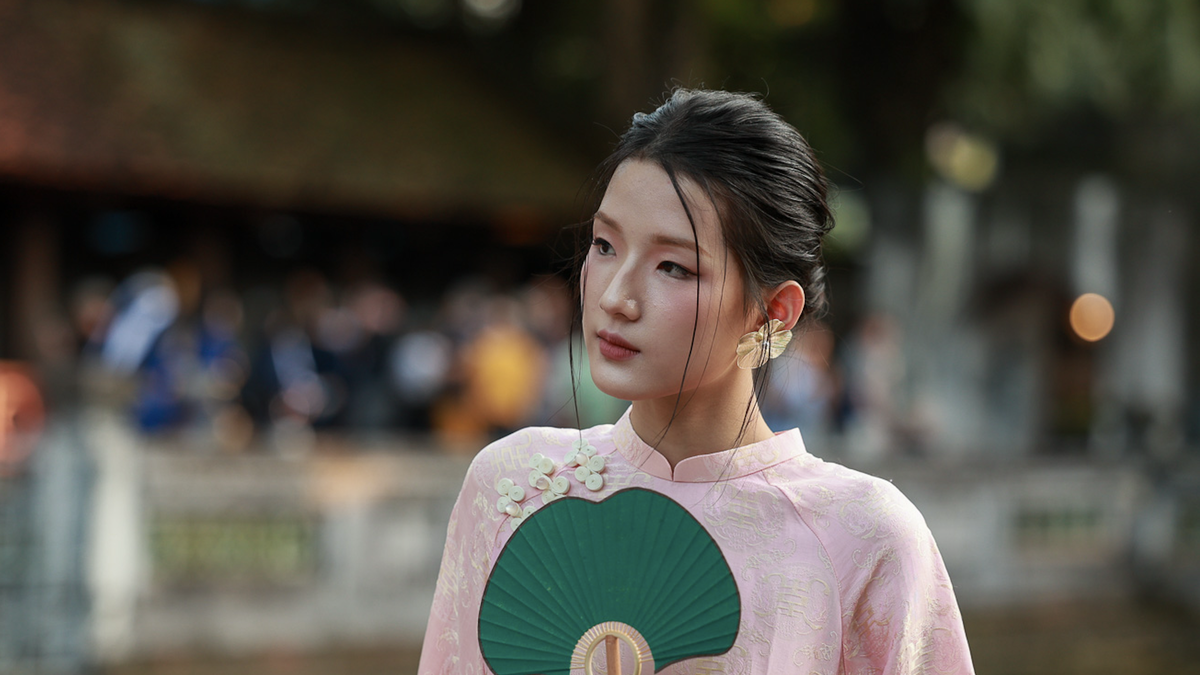


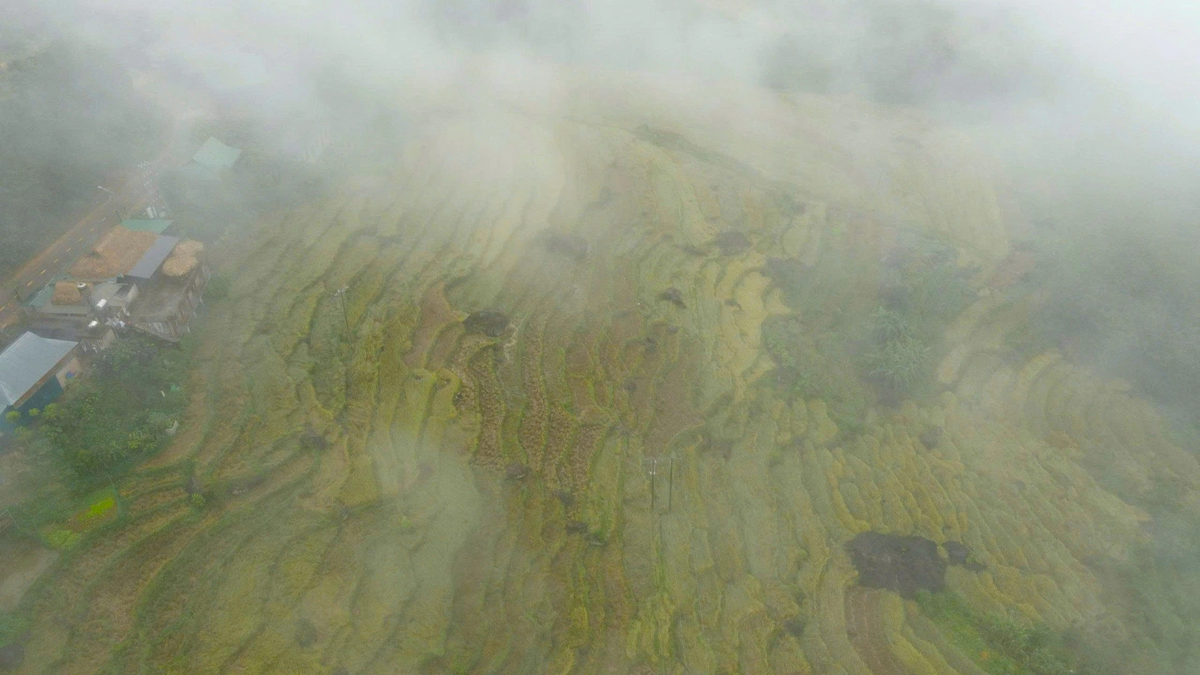
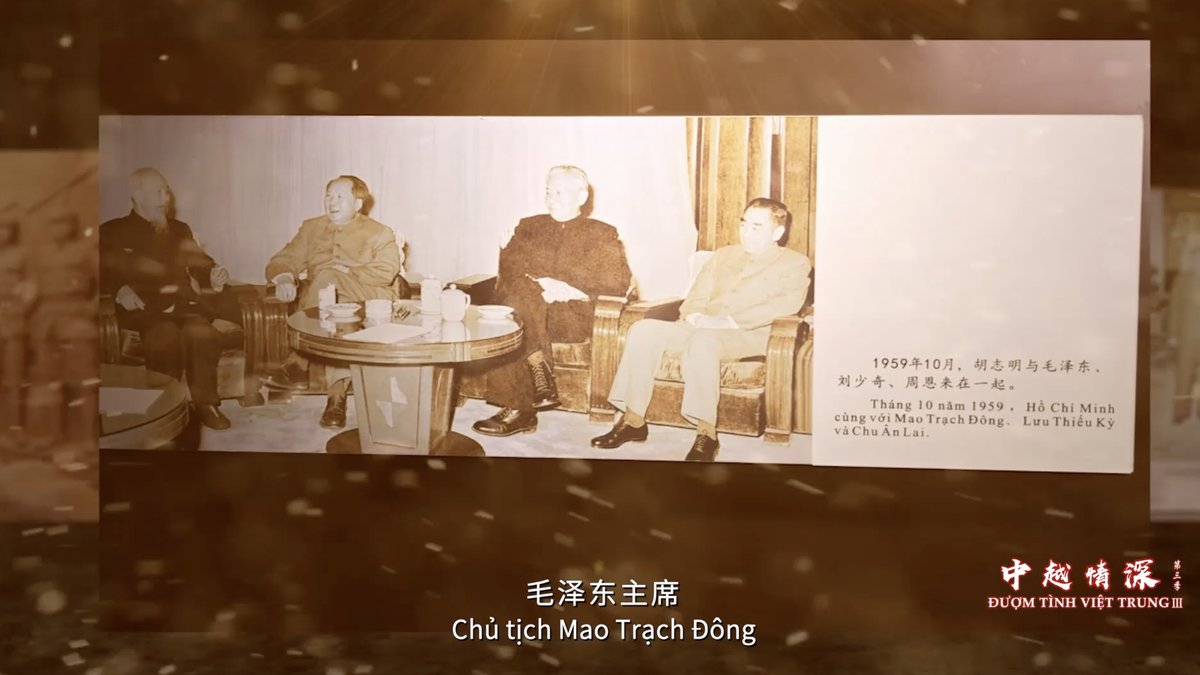





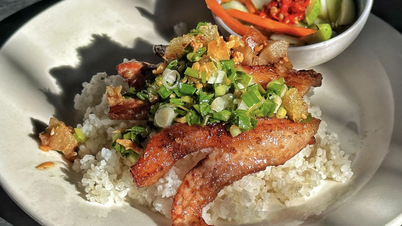



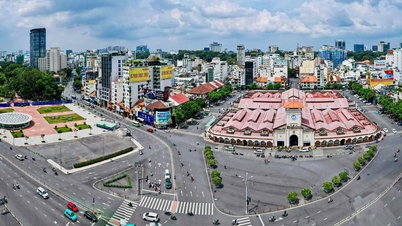




![[Video] Vietnam tourism breaks through in the golden season at the end of the year](https://vphoto.vietnam.vn/thumb/402x226/vietnam/resource/IMAGE/2025/11/16/1763307151750_du-lich-viet-nam-6654-jpg.webp)















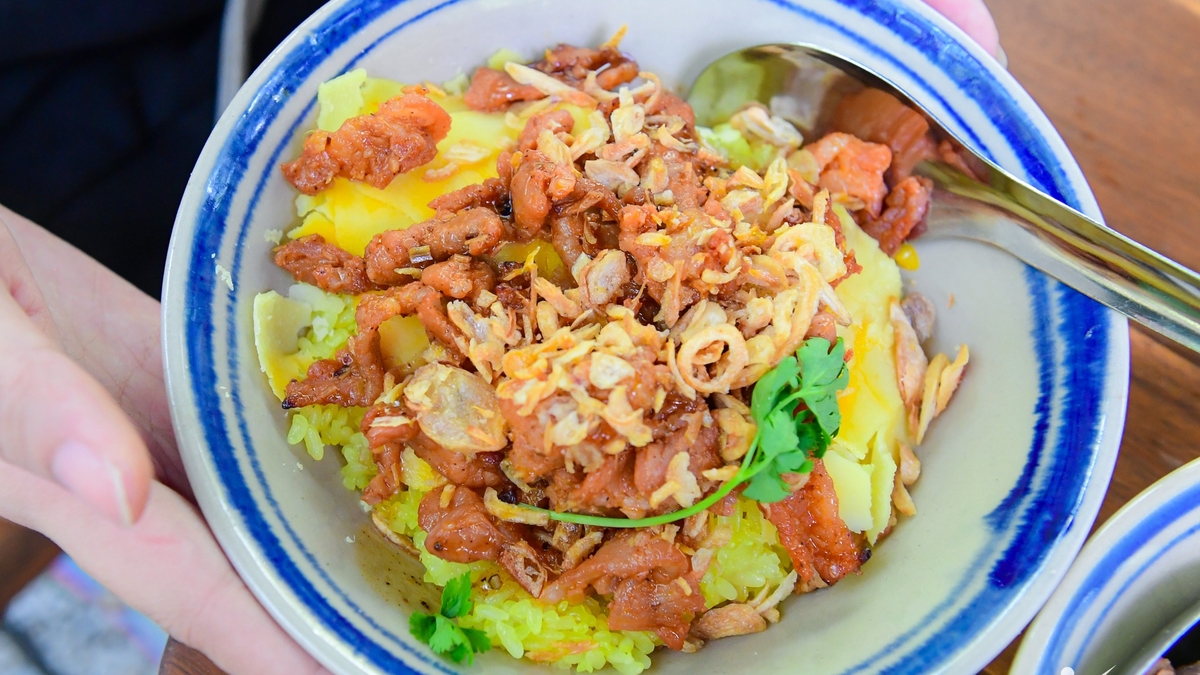




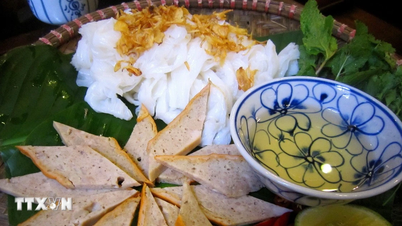
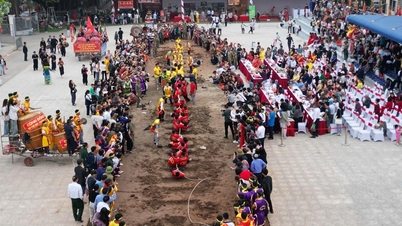



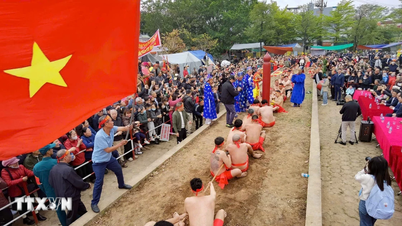


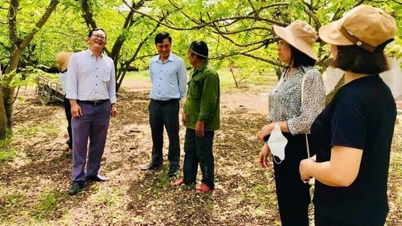

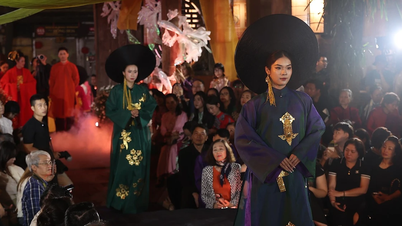





























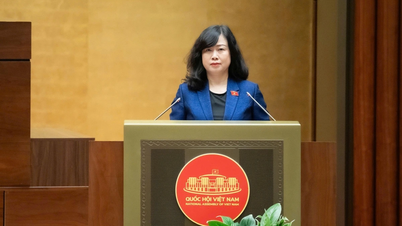





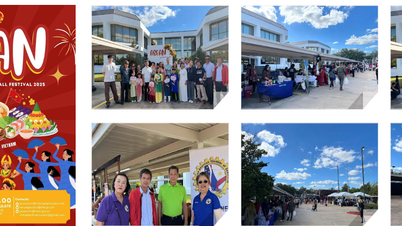









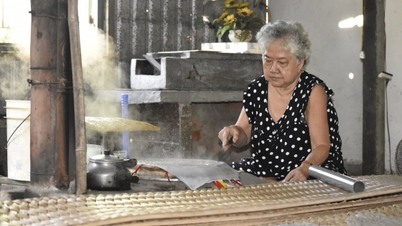


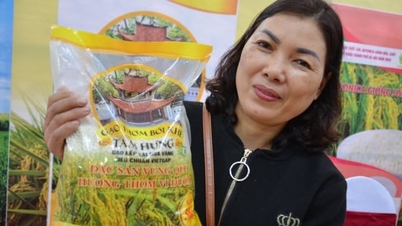









Comment (0)